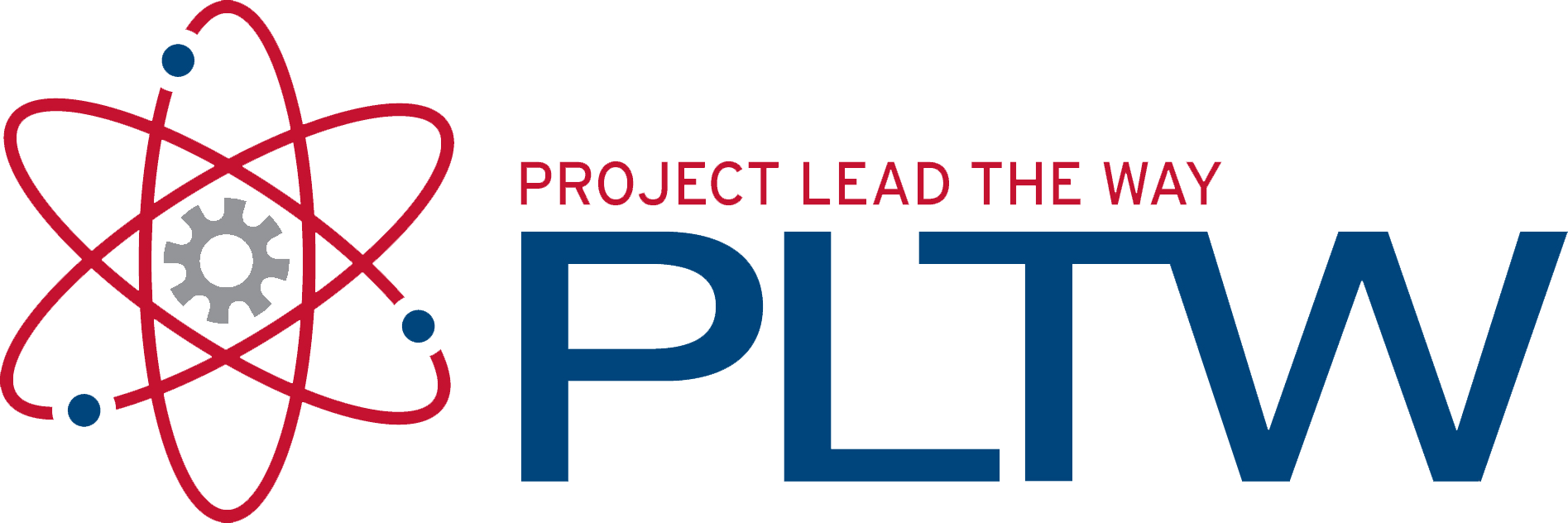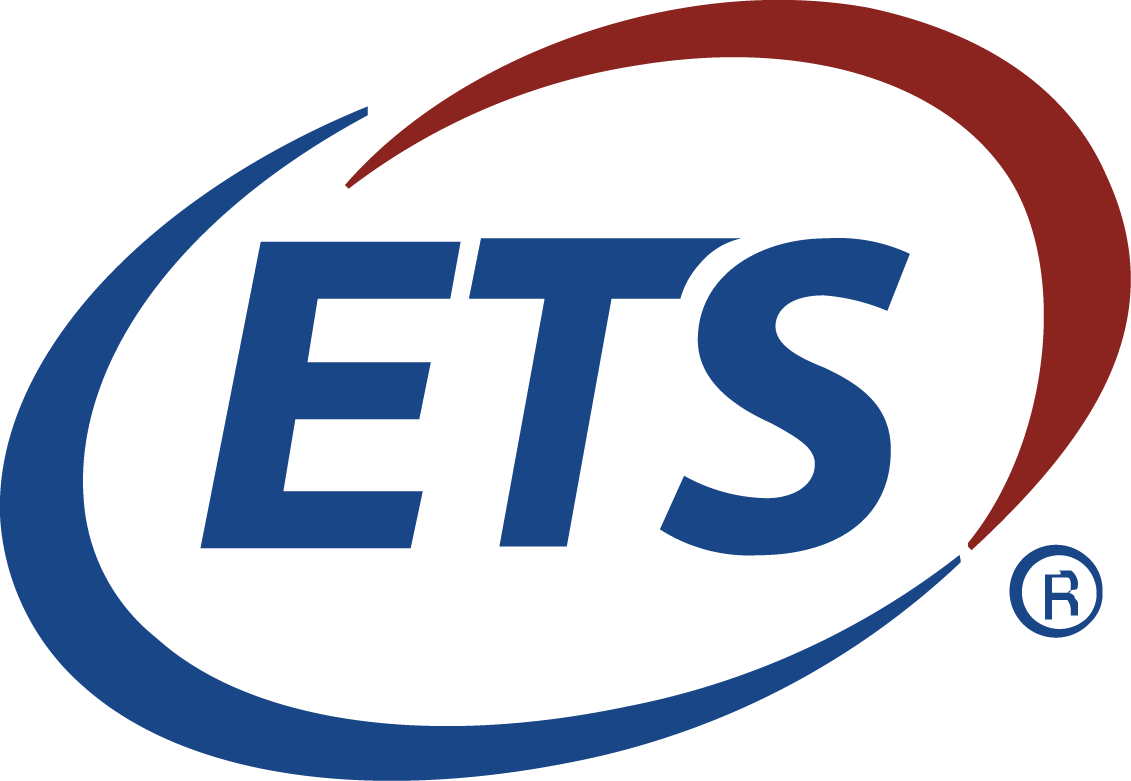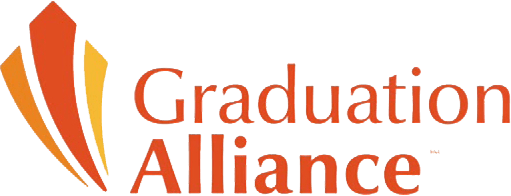Is there a place for GPT3 in the classroom?
Artificial intelligence (AI) has crept into our collective lives in a profoundly silent way. From online purchases to maps for GPS navigation, it proliferates our existence in ways often unnoticed. Statista reports overall corporate investment in AI from 2015-2021 at nearly $94 billion, with increased growth moving forward. As AI expands into all sectors of the economy, education is bracing for big decisions as its presence is made more pronounced.
Generative Pre-trained Transformer 3 (GPT-3) is a newly developed AI open resource that has the potential to shake up the education landscape. The model understands words, context, sentence structure, and multiple languages and can summarize text while writing outlines, essays, and reports in human-like prose. In addition to the written realm, it can create content correlated to math and science.
Hesitant Optimism
Many technology experts praise the advancement of GPT-3 from MIT to technology philosophers for the remarkable human-like language modeling; however, they also recognize certain ethical aspects and precautions. With 540 billion words and 175 billion parameters, the modeling is quickly entering EdTech development environments with anticipation of its potential.
Alistair Van Moere, the chief product officer at MetaMetrics Inc., sees it as a game-changer but recognizes the hesitancy inside certain fields. "I think the education profession hasn't really got its head around the implications of this yet," he says in Education Week.
According to Get Smarter, proponents inside education see the positives of AI automation in helping with time-consuming tasks such as record keeping or multiple-choice grading. Yet, some fear that GPT-3 is taking it to another level. A technology that can potentially write a student essay from simple prompts is making many worried that students will lose the ability to write independently.
Former educator, active entrepreneur, and EdTech savvy Managing Partner of Strategos Group, Adam Giery, considers such advancement an interesting blend of caution and future growth. "The adage of 'when I was a kid' could not be more relevant when exploring the use of AI in the classroom. To the cohort of learners who came of age during the proliferation of the internet, plagiarism was the greatest concern. So much so, schools across America required essays submitted through the vaunted 'Turn it In' platform - to catch students seeking to cut corners," he says.
"GPT-3 or a deep learning platform such as TensorFlow and others are capable of creating 'human-like' text to create native content or essays based upon a series of prompts to generate potentially original writing. The applications of such tools are wide-ranging, yet they also pose headwinds for our future learners who may grow reliant on the powers of the internet."
Giery views GPT-3 as a careful advancement that will likely take certain guardrails and teacher involvement to work successfully. "Should it be watermarked or stamped without the ability to remove it to thwart the dilution of originality? Or could it be like many of the world's advancements, the fear of the unknown creates the urge to regulate, which ultimately limits the future power of this tool?" he asks.
Teacher Input
According to an Education Week article, EdTech CEO Sydney Montgomery believes that models need teachers' feedback to constructively use AI writing tools such as GPT-3 in the classroom.
"I think EdTech CEOs or companies that are building tools need to bring teachers to the conversation because they see things that we don't," she says. "If we can partner a little bit more, it will also help with the hesitancy of [educators to use] the technology."
Emily Petersen, a former teacher with experience in public and charter schools and present Education Solutions Manager for Strategos Group, agrees that teachers need more involvement and recognizes some benefits of AI in teacher shortage.
"GPT-3 could eliminate the need for a separate writing teacher, and standards for writing could be wrapped into a general ELA course.," she says. "Today, there is a massive teacher shortage, so AI could be seen as solving part of that problem." However, Petersen cautions that GPT-3 will affect students' independent writing skills. "I anticipate students becoming reliant on such technology and negatively impacting their individuality in the writing world," she says.
Ray McNulty, a former education commissioner of Vermont, advocates a proactive approach. "There'll be a transition where this will become second nature [for teachers and students]," says McNulty. "How do we do it thoughtfully and carefully? And how do we do it to enhance the learning for our students?"
Scratching the Surface
Many questions remain about the future use of GPT-3, and most K-12 classrooms do not implement such open-source AI. But with EdTech companies beginning to infuse GPT-3 technology into their platforms, future classroom use may be just around the corner.
As with all forms of AI, the question of teacher involvement comes front and center and how technology impacts the relationship between educator and student. While independent thinking and writing skill development are concerns, positive uses such as detailed outlines to jump-start the writing process and learning gap fill-in measures have the potential to open up learning.
AI may just be scratching the surface inside the classroom, but with compelling dialogue, sound judgment, and increased understanding, future student learning may see benefits yet revealed.













